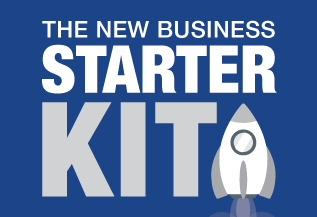Superannuation & Tax Planning Opportunities
New Concessional Contribution Cap Of $25,000 For Everyone

The tax-deductible superannuation contribution limit or cap is now $25,000 for all individuals under the age of 75. Individuals over 65 need to satisfy a ‘work test’ to qualify.
The advantage of making the maximum tax-deductible superannuation contribution before June 30, 2018 is that superannuation contributions are taxed at between 15% and 30% compared to personal tax rates of between 34.5% and 47%.
Typically, self-employed individuals and those who earn their income primarily from passive sources like investments make their super contributions close to the end of the financial year to claim a tax deduction. However, this is the first financial year that individuals who are employees may also use this strategy. Individuals who may want to take advantage of this opportunity include those who work for an employer who don’t permit salary sacrifice, those who work for an employer who do allow salary sacrifice (but it’s disadvantageous due to a reduction in entitlements) and those who are salary sacrificing but want to make a top-up contribution to utilise their full concessional contributions cap.
 Additional Tax On Super Contributions By High Income Earners
Additional Tax On Super Contributions By High Income Earners
The income threshold at which the additional 15% (Division 293) tax is payable on superannuation contributions has reduced from $300,000 to $250,000 per annum effective 1 July, 2017. Where you are required to pay this additional tax, making super contributions within the cap is still a tax effective strategy. With super contributions taxed at a maximum of 30% and investment earnings in super taxed at a maximum of 15%, both these tax points are more favourable when compared to the highest marginal tax rate of 47% for individuals.
Government Co-Contribution To Your Superannuation
If you are a low income earner and earn at least 10% of your income from employment or carrying on a business and make a ‘non-concessional contribution’ to your superannuation, you may be eligible for a Government co-contribution of up to $500.
In 2017/18, the maximum co-contribution is available if you contribute $1,000 and earn $36,813 or less. A lower amount may be received if you contribute less than $1,000 and/or earn between $36,814 and $51,812.
Salary Sacrifice To Superannuation
If your marginal tax rate is 19% or more, salary sacrificing can be an effective way to boost your superannuation and also reduce your tax. By putting pre-tax salary into superannuation instead of having it taxed at your normal marginal tax rate you may save tax. This can be particularly beneficial for employees approaching retirement age.
Self Managed Superannuation
A SMSF may provide significant tax savings - but they are not for everyone. With the end of the financial year approaching now is a good time to discuss the pro’s and con’s of a SMSF to assess whether it might be appropriate for your circumstances. It might be appropriate to establish a SMSF in conjunction with other tax planning opportunities so talk to us today.
Other 2018 Year End Tax Planning Opportunities
- Back to the overview of the 2018 Year End Tax Planning Guide
- Round Up of Other Year End Tax Issues
- Pre June 30 Tax Minimisation Strategies
- Immediate Write Off For Individual Small Business Assets Costing Less Than $20,000
- Other Tax Effective Strategies for Business
- Download the full PDF
Disclaimer: This newsletter contains general information only. Regrettably, no responsibility can be accepted for errors, omissions or possible misleading statements or for any action taken as a result of any material in this guide. It is not designed to be a substitute for professional advice, as such a brief guide cannot hope to cover all circumstances and conditions applying to the law as it relates to these items.













